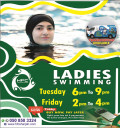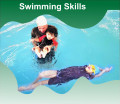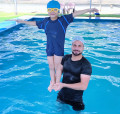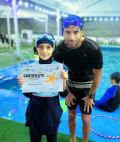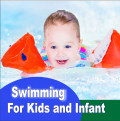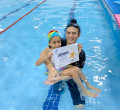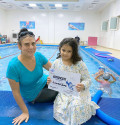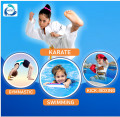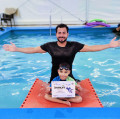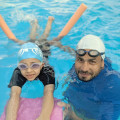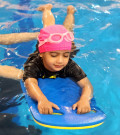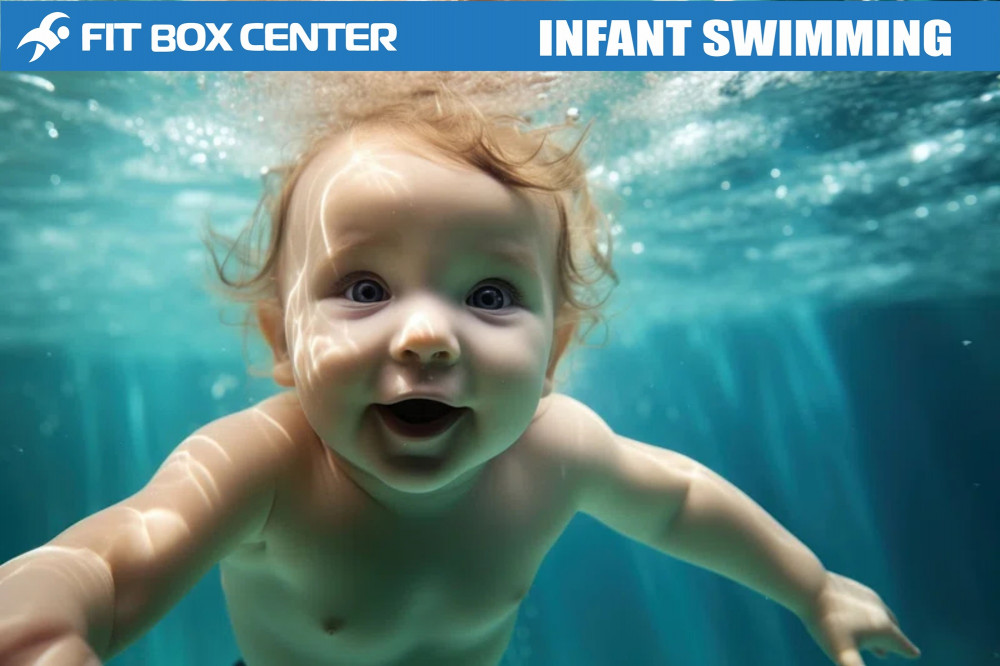
Infant Swimming Encouraging Your Baby's Water Adventures
2024-02-07 - swimmingInfant swimming, often regarded as an early introduction to water activities, holds immense benefits beyond just fun and play. It's a gateway to developing various skills and fostering a lifelong love for water. As parents, understanding the importance of encouraging our babies to swim is crucial for their overall growth and well-being.
Benefits
of Infant Swimming
Physical Development
One of the primary benefits of infant swimming is its
positive impact on physical development. Water offers resistance, helping
babies strengthen their muscles and improve coordination. Floating and kicking
motions aid in building motor skills, contributing to better balance and
agility as they grow.
Cognitive Development
Engaging in swimming activities from an early age stimulates
cognitive development in infants. The sensory experience of water enhances
neural connections, fostering cognitive abilities such as problem-solving and
spatial awareness. Moreover, the rhythmic movements in water promote relaxation
and improve sleep patterns.
Social Development
Infant swimming provides an excellent opportunity for social
interaction. Joining parent-child swim classes allows babies to interact with
peers and develop social skills such as sharing and communication. Building
relationships in a supportive aquatic environment fosters confidence and
emotional resilience.
Safety Measures for Infant Swimming
Ensuring a safe swimming environment for babies is
paramount. Here are some essential safety measures to adhere to:
Supervision
Constant supervision by a responsible adult is
non-negotiable during infant swimming sessions. Assigning designated
"water watchers" ensures that someone is always focused on the baby
without distractions.
Temperature Regulation
Maintain water temperature suitable for infants, typically
between 84°F and 88°F (29°C to 31°C). Avoid prolonged exposure to cold water to
prevent discomfort and potential health issues.
Hygiene
Maintain proper hygiene practices to minimize the risk of
infections. Rinse babies before and after swimming, and ensure that swimming
facilities adhere to cleanliness standards.
How to Introduce Babies to Water
Introducing babies to water should be a gradual and positive
experience. Begin with gentle activities such as splashing water on their feet
or letting them sit in shallow water. Use supportive flotation devices designed
for infants to ensure safety and comfort.
Choosing the Right Swim Program
When selecting a swim program for your baby, consider
factors such as instructor expertise, class size, and facility amenities. Opt for
programs specifically tailored to infants, focusing on water acclimatization
and basic swimming skills in a nurturing environment.
Building Confidence in Babies
Building confidence in the water involves patience and
encouragement. Offer praise and reassurance during swimming sessions,
celebrating small achievements such as blowing bubbles or floating
independently. Consistency and positive reinforcement play a significant role
in boosting a baby's confidence in water.
Fun Activities for Infant Swimming
Make infant swimming sessions enjoyable by incorporating
playful activities. Singing songs, using colorful toys, and practicing gentle
movements like "monkey crawls" and "starfish floats" keep
babies engaged and excited about water exploration.
Overcoming Challenges
While infant swimming offers numerous benefits, it may come
with challenges such as water anxiety or fear. Addressing these challenges
requires patience and understanding. Gradually expose babies to water
activities, allowing them to acclimate at their own pace while offering comfort
and support.
Conclusion
Infant swimming is not just a recreational activity but a
valuable developmental tool for babies. By encouraging our little ones to
explore the wonders of water in a safe and supportive environment, we nurture
their physical, cognitive, and social growth. Remember to prioritize safety,
celebrate milestones, and embrace the joy of watching your baby thrive in the
water.







.jpg)





















































